To-do lists are a simple way to keep your life organized. And if you want to move away from writing your daily tasks on paper, you can choose from several digital solutions; TickTick and Todoist are two of the best choices.
Before choosing between TickTick and Todoist, knowing what you can and can’t do with each app is a good idea. It’s also worth understanding which devices you can access your account on. Today, we’ll compare these two apps in both of the above categories. You’ll also learn about pricing, software performance, and more.
1. App Availability
Todoist can improve your productivity across multiple devices. You can access the app as a web app in your computer browser, but it also has apps for Linux, Windows, and Mac. Moreover, you can use the service on your Apple Watch and smartwatches with an Android operating system.
Elsewhere, Todoist has downloadable apps for iOS and Android smartphones and tablets. You can also get extensions for your Gmail and Outlook email accounts.
Download: Todoist for Linux | Windows | Mac | iOS | Android | Apple Watch | WearOS (Free, in-app purchases available)
TickTick is similarly available across a broad range of devices. You can use it on Windows, Linux, and macOS, along with iOS and Android. Furthermore, it’s available as an app for your Apple Watch. You can also get browser and email extensions.
Download: TickTick for Windows | Mac | Linux | iOS | Android | Apple Watch (Free, in-app purchases available)
2. Pricing
TickTick and Todoist both have comprehensive free plans, and neither is different from Microsoft To Do in this respect. Where the apps do differ, however, is that TickTick and Todoist have paid subscriptions available alongside the free versions.
Todoist has two pricing options: Pro and Business. Pro is better-suited for individuals and costs $5/mo if you pay each month. For annual plans, you’ll pay $48 per year instead. Todoist Pro increases your allowed active projects from five to 300, and you can also see unlimited activity history.
This is different from the free version, where you only have the option to look back on the previous seven days. Todoist Business, meanwhile, costs $8/mo and $72 per year. Each team member gets an allowance of 500 active projects, and you can also inbox each other within the app.
TickTick has one paid pricing plan: TickTick Premium, which costs $27.99 per year. You can customize filters on your tasks, and you also receive better grouping options to keep your tasks organized. On top of that, you can keep an eye on your progress.
3. Recurring Tasks
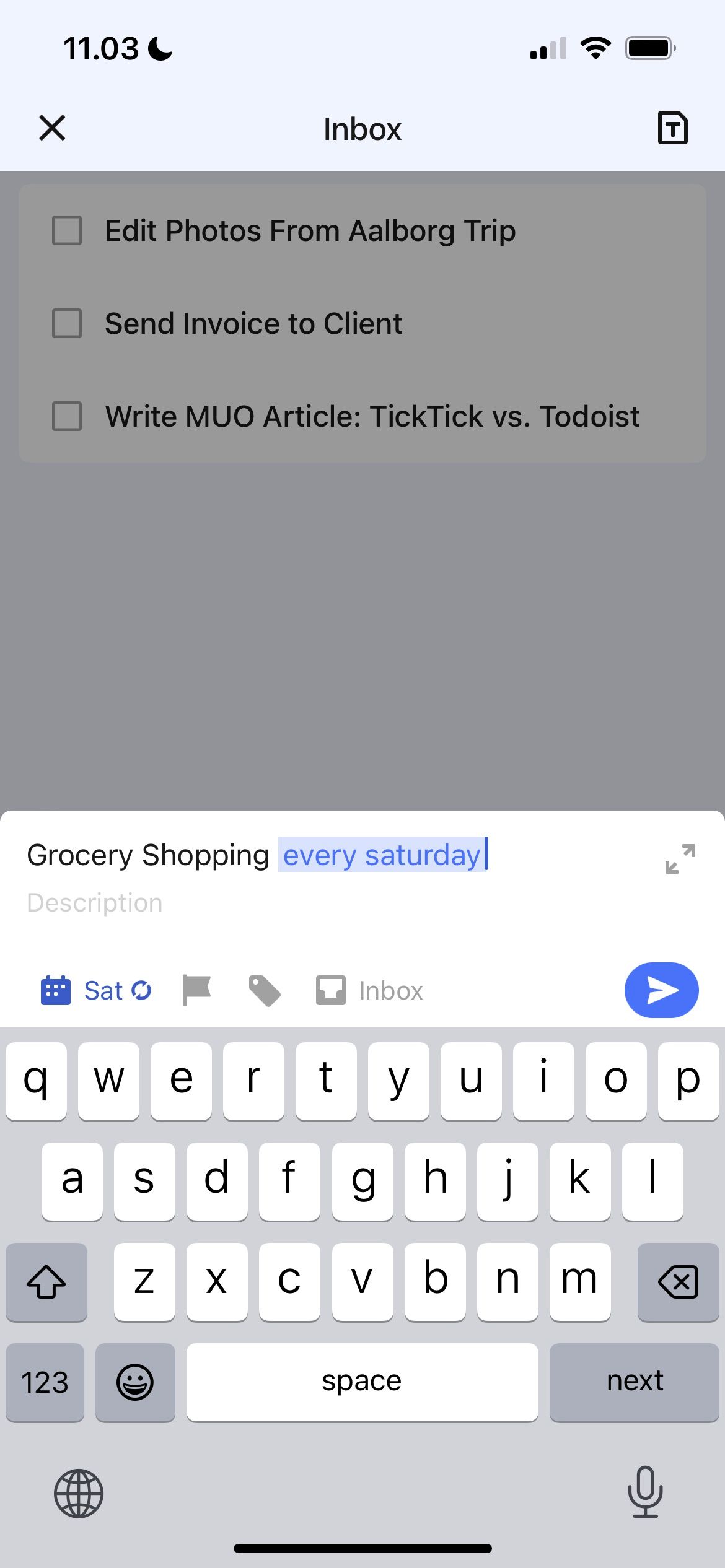
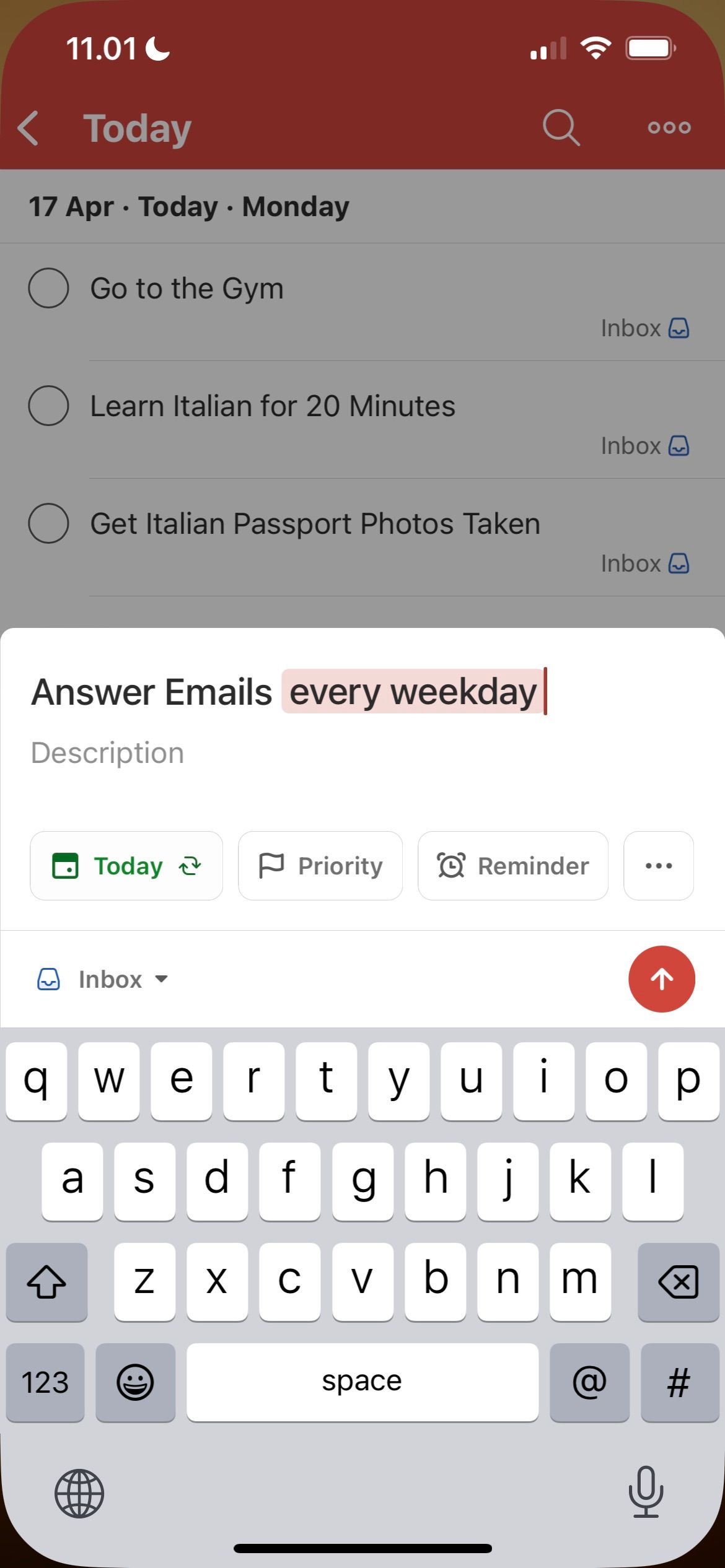
In your professional and personal life, you probably have a lot of tasks that require daily or weekly attention. Examples include grocery shopping, responding to important emails, and catch-ups with your team in the office.
Since manually filling out the above each time can become exhausting, choosing an app that lets you set up recurring tasks is crucial. You can create recurring tasks in Todoist even if you have a free plan; type every [timeframe], and you’ll instantly add the objective to your calendar.
TickTick also lets you set up recurring tasks, and the process is identical. You also don’t need a paid subscription.
4. App Interfaces
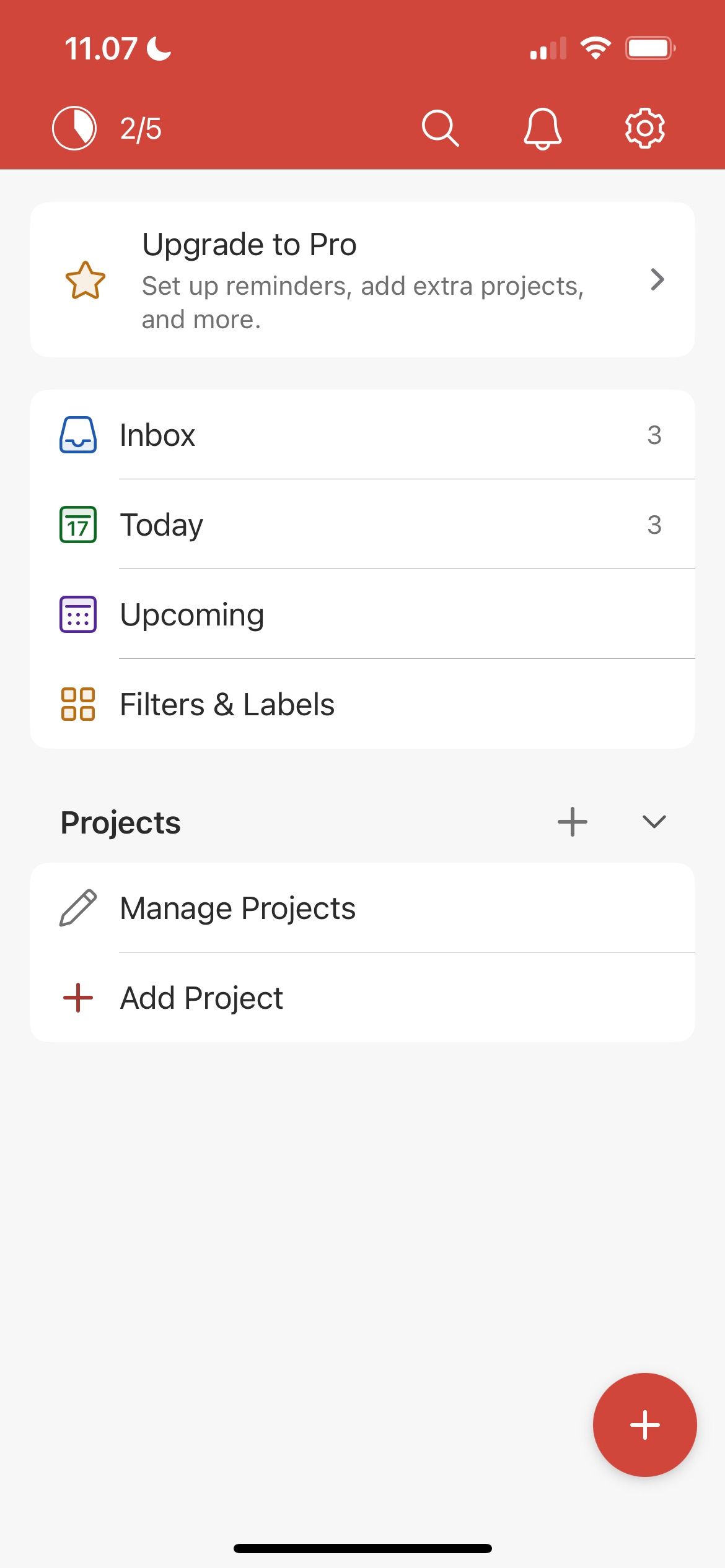
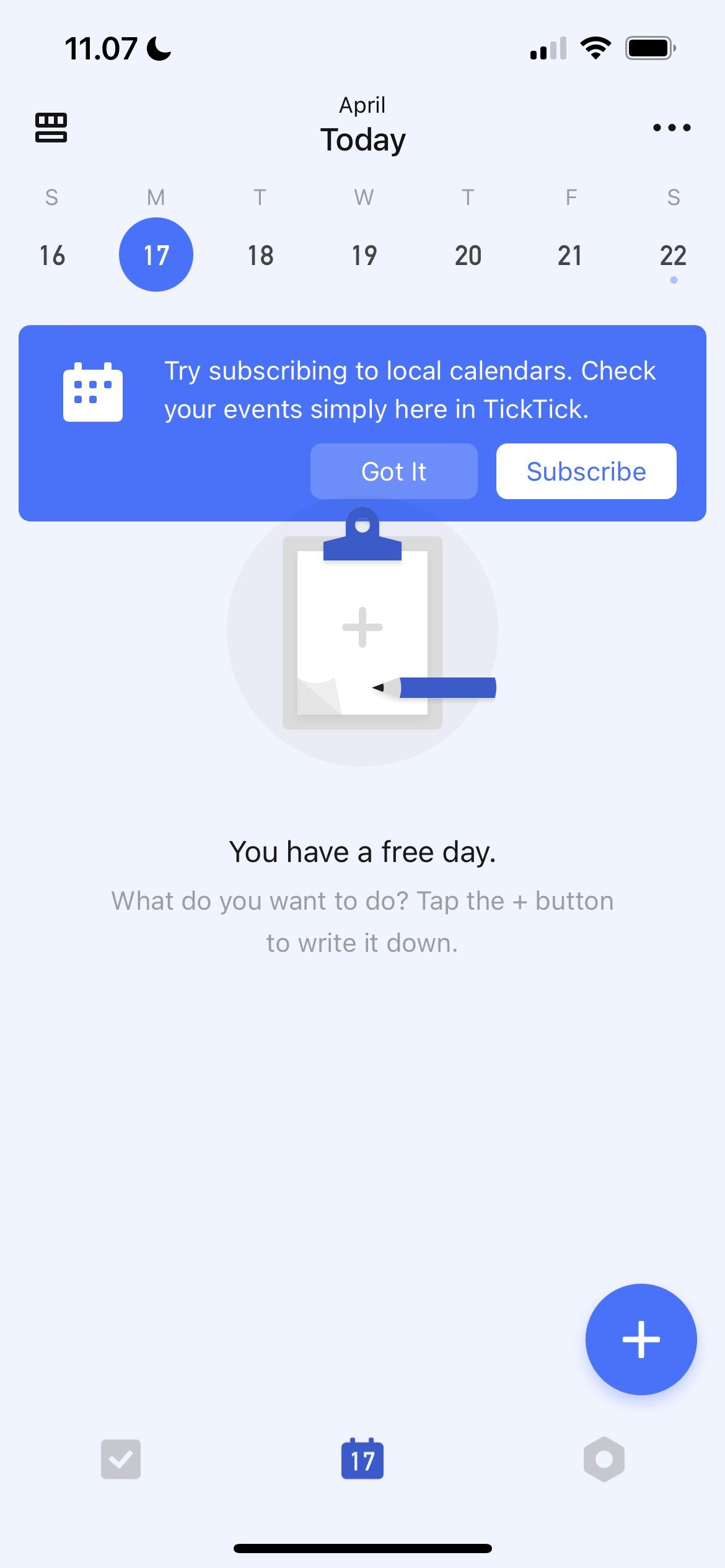
Arguably the main reason you’ll choose TickTick or Todoist is because of the app interface. Both are responsive, but they differ significantly in terms of their designs.
The colors in TickTick are more subdued than in Todoist, and the app also has more of a minimalist theme. You will also find different fonts compared to what’s available in Todoist.
Todoist is more playful in its design, and it features a distinct red color by default. Some widgets are also in different places; for example, the search bar is in the top right as opposed to directly above your tasks.
5. Scheduling Future Tasks
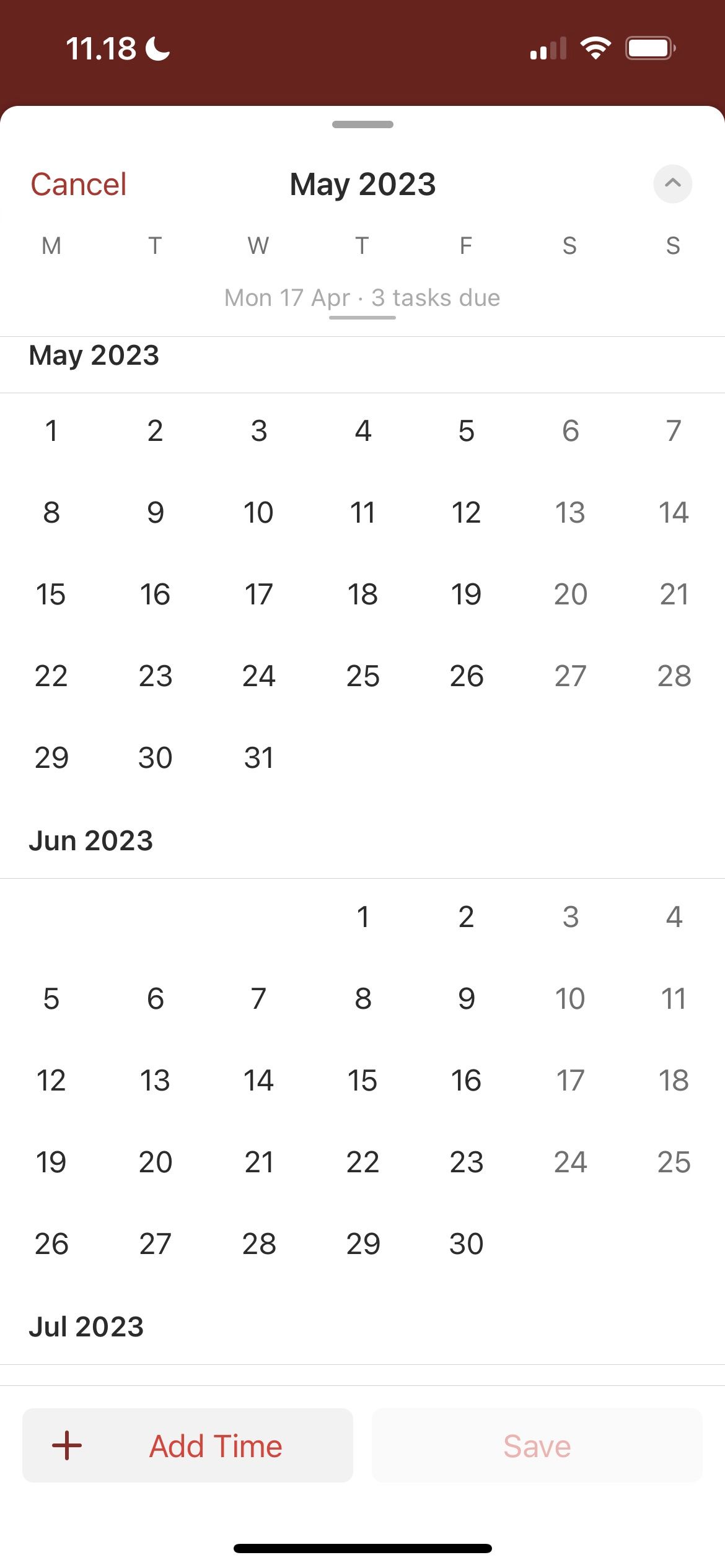
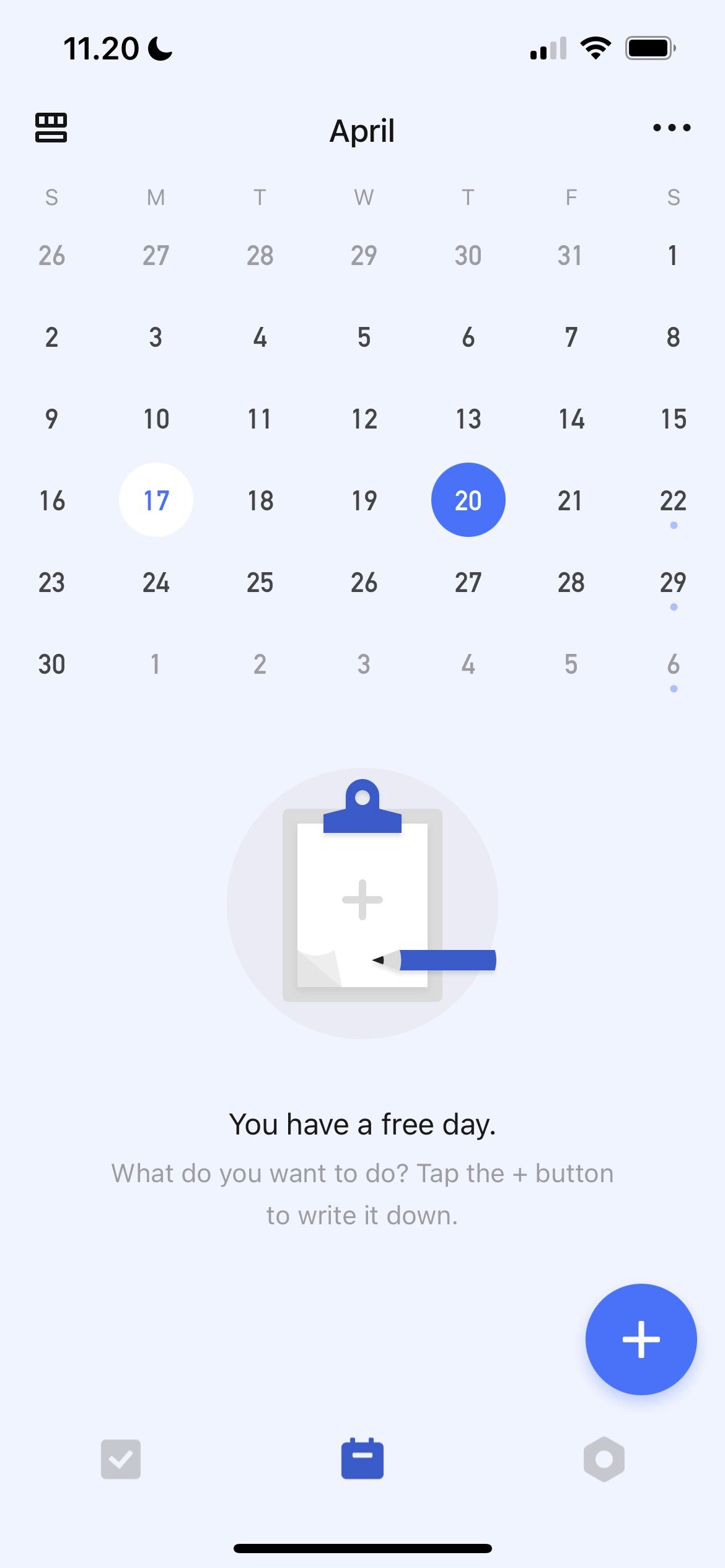
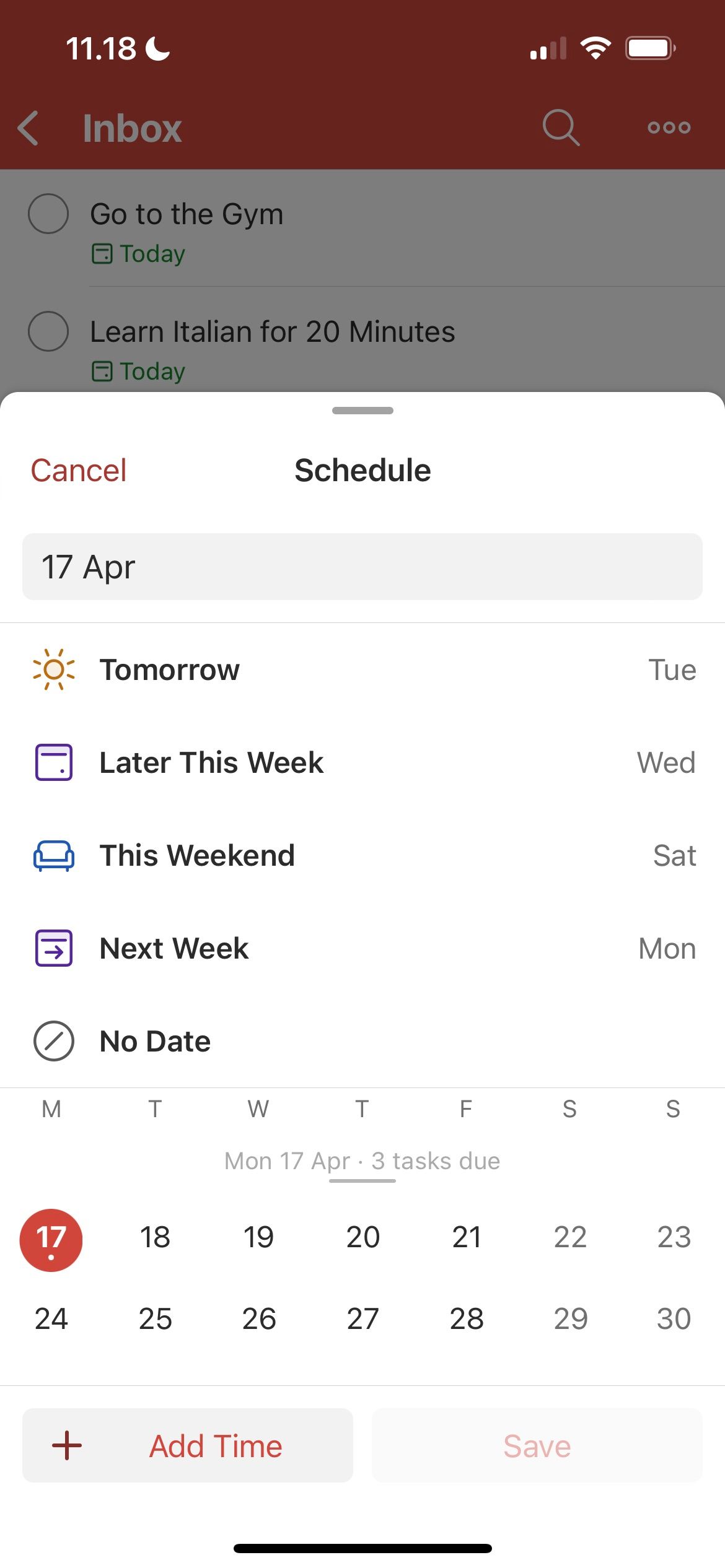
While you can easily organize the current day in TickTick and Todoist, planning for the future is also a good idea. Sure, you can use tools like Google Calendar to plan your week—but you may find that it’s more useful to keep everything in as few apps as possible.
The easiest way to schedule future tasks in Todoist is by typing the date on which you want to move them to. However, you can also select the task and click on Today—or whenever the date is. Here, you’ll have the choice to:
- Type the date you want to move your task to
- Choose from the premade options
- Pick the date your task is due on from the calendar view.
Meanwhile, in TickTick, you can go to the Calendar tab and tap on a day. Then, if you click on the + icon, you can add new tasks. You also have the choice of selecting Date & Repeat from something you’ve already created.
6. Voice Integration
Some people prefer typing their tasks, but using your voice can help you organize your day quicker. You can integrate TickTick with Amazon Alexa, and it’s possible to use this feature in multiple ways. For example, you can tell Alexa to read your to-do list for today back to you.
You can also integrate TickTick with Google Assistant. Moreover, you have the ability to use Siri within the TickTick app to add new to-dos to your calendar. Todoist also has an integration with Google Assistant, and you can use your smartphone and smartwatch to create new tasks.
7. Setting Up Reminder Notifications
If you’ve got a busy schedule, looking at TickTick and Todoist’s options for setting up reminders is a wise idea. Todoist lets you set up reminders, but you’ll need a paid subscription to do so.
You can use location-based reminders in Todoist, along with date and time-based options. TickTick also lets you set up reminders, but—like Todoist—you’ll need a paid plan.
8. Customization of To-Do List Tasks
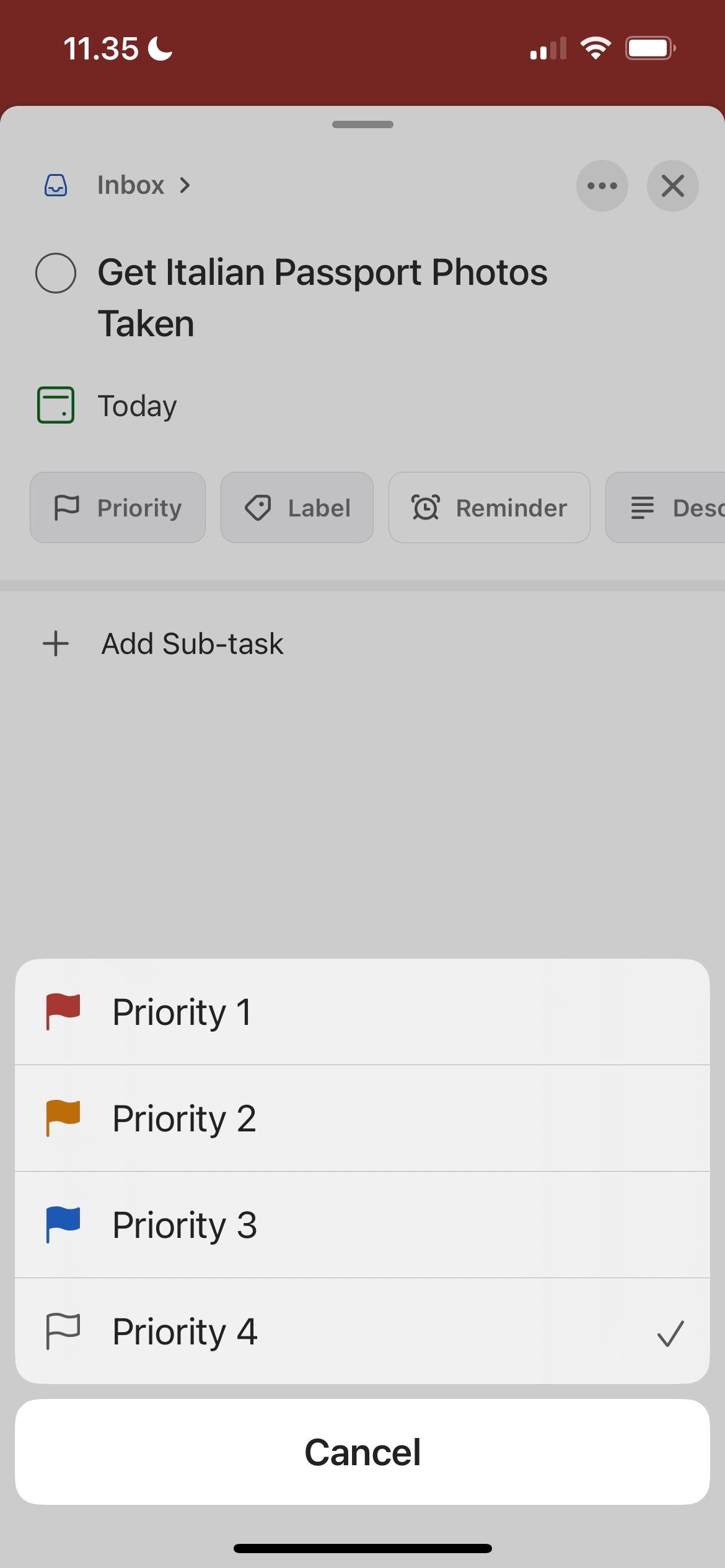
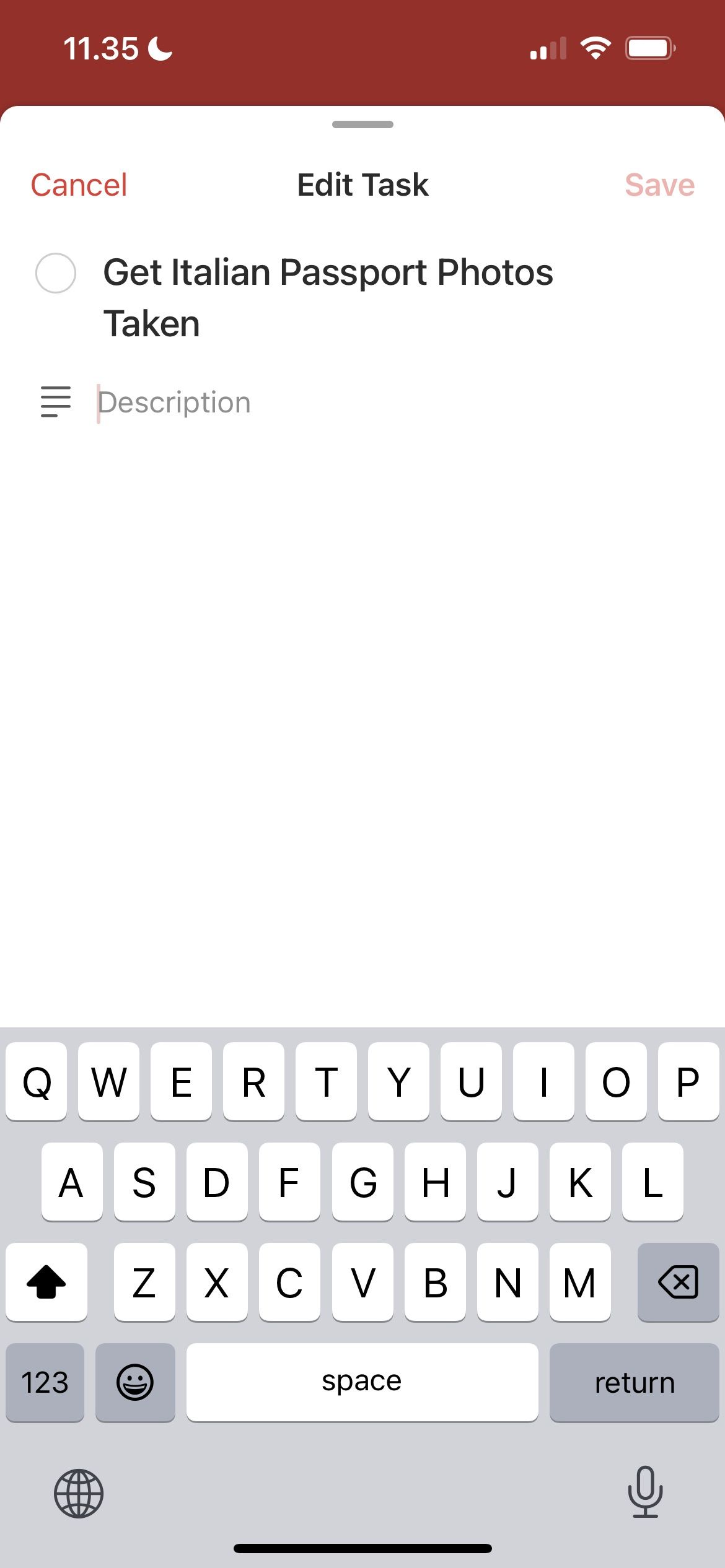
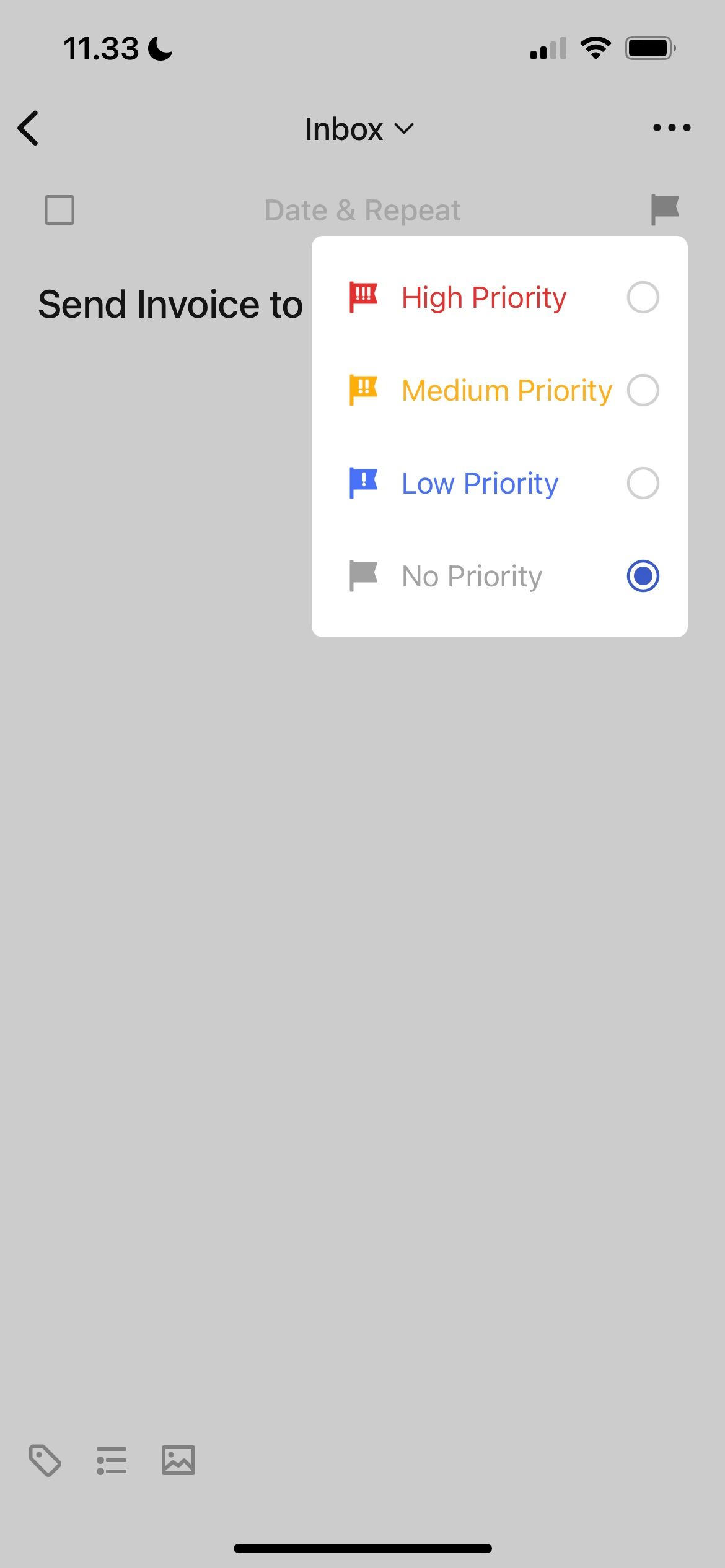
TickTick lets you customize your tasks in several ways, such as by adding tags to your projects to categorize them better. You can also choose whether your task has a priority level, along with adding locations and attachments.
Another handy feature in TickTick is the ability to pin important tasks. And if you’ve over-planned your day, you can tap on Won’t Do to ensure that you can reschedule it for a later date.
Meanwhile, in Todoist, you can similarly choose a priority level for your tasks. On top of that, you have the ability to pick a label and add descriptions. Todoist also lets you view activity logs.
Check Out TickTick and Todoist if You Need to Organize Your Day Better
TickTick and Todoist are similar in functionality, but they offer a selection of different tools to help you reach your goals. Voice integration is arguably better with TickTick, whereas Todoist is easier to use for recurring tasks.
Even if you don’t upgrade to a paid plan, you’ll still find plenty of features to help you stay organized. You can try both apps out on multiple devices and decide which works best for you after that.

